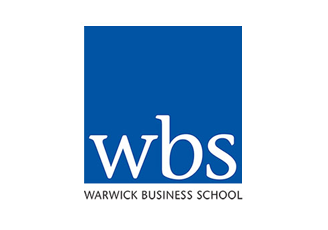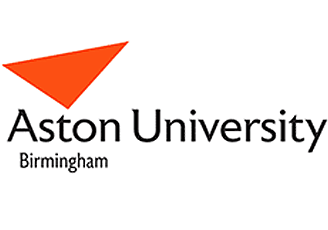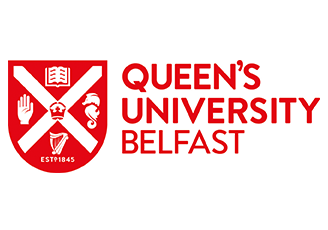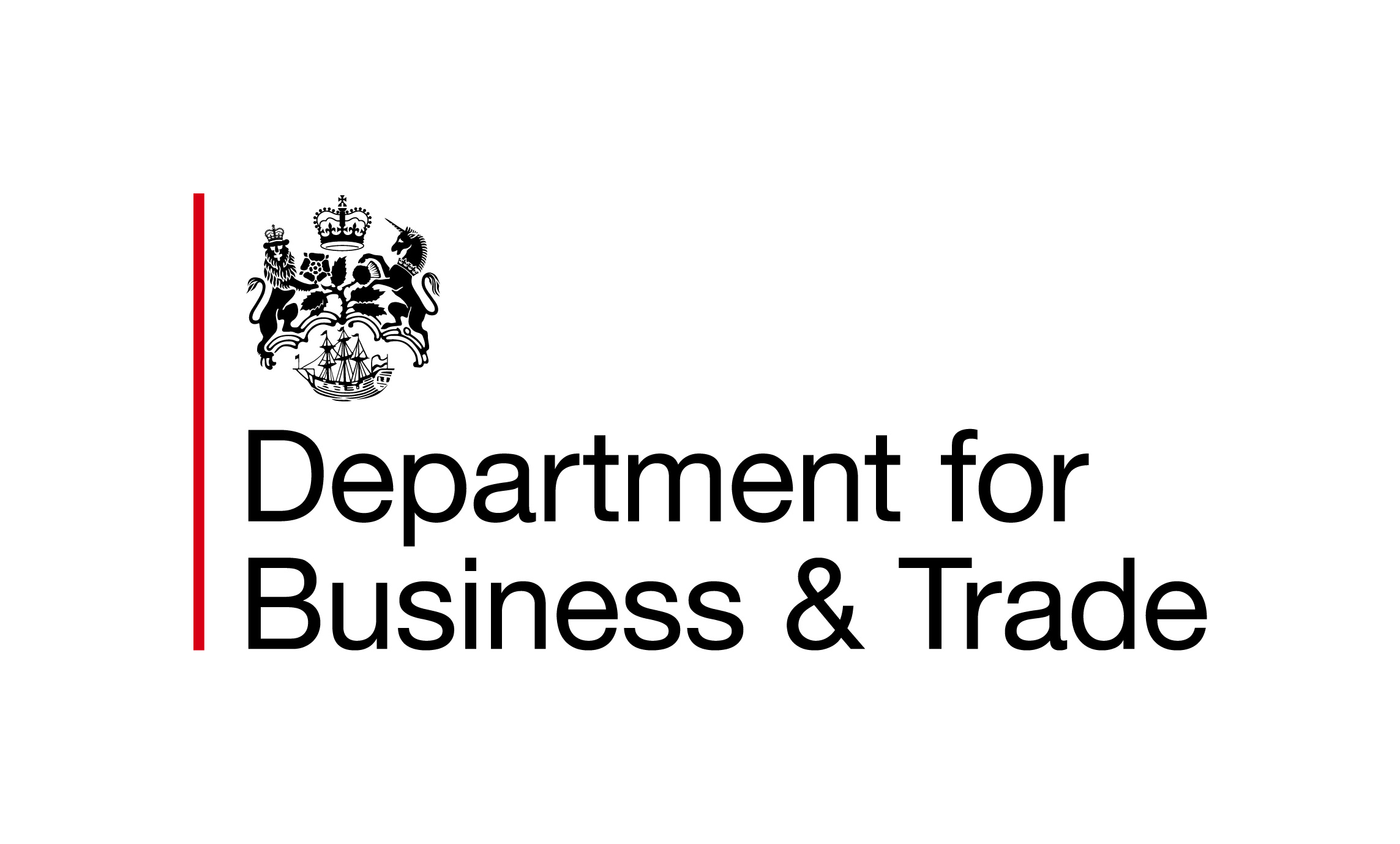Areti Gkypali
Interesting links
Here are some interesting links for you! Enjoy your stay :)Pages
- Competition, local growth and productivity
- ERC 10th Anniversary dinner
- ERC Newsletter Archive
- How are SMEs responding to the climate emergency?
- Local knowledge innovation, exporting and productivity
- Measuring the gap – Measuring diffusion
- Overview
- Press Releases
- Report Back – The State of Small Business Britain Conference 2014
- The Irish Innovation Panel (IIP)
- Funders
- Global Entrepreneurship Monitor ( GEM )
- Growth Drivers Evidence Review
- Investing for the future?
- Rapid Evidence Assessment Papers
- The UK Longitudinal Small Business Survey
- All Publications
- Business Structure Database
- Investment, non-borrowing and place.
- Partners
- SME-University links and their innovation and productivity benefits
- Themes
- Community Innovation Survey (CIS)
- Do firms with an aspiration to expand into international markets find finance more difficult to access?
- Innovation growth and productivity in SMEs
- Annual Business Survey (ABS)
- Growth heroes and the wider economy
- Knowledge to money
- Other ESRC Projects
- People
- ERC Videos
- Press Coverage
- Strategies for radical & incremental innovation
- L&M capabilities – levering external assets for growth
- Team size and entrepreneurial ambition in the UK
- ERC Infographics
- Privacy Policy
- Productivity and internationalisation in SMEs
- Understanding local productivity disparities
- ERC Presentations
- Finance barriers to growth and productivity
- Learning from the best in each sector
- ‘Micro-business Britain’ Research
- An exploratory study linking SME data to the Science Base
- Knowledge diffusion in supply chains
- Firm Heterogeneity and Local Job Growth
- Finance And Investment
- Measuring the spillovers from publicly funded R&D activity
- Aston Centre for Growth ( ACfG)
- Building Better Business Resilience – JPMorgan Chase Foundation
- City Of Culture
- City REDI
- Coventry City Of Culture
- Economic Intelligence Wales
- ESRC Mental health and well-being practices, outcomes and productivity project
- Global Entrepreneurship Monitor
- Innovation Caucus
- Innovation State of the Nation Survey
- ISBE
- Leadership and management: an activity-based perspective
- Mental Health & Productivity Pilot (MHPP)
- Midlands Engine
- Midlands Innovation
- National Innovation Centre For Rural Enterprise (NICRE)
- Productivity Institute
- The Entrepreneurs Network
- The Women’s Organisation
- WM REDI
- Accessing and using Alternative Finance
- Micro-Businesses, SMEs, Business Support and UK Productivity
- News
- Past Events
- Blog
- Datasets
- Home
- ISBE 2015 Papers and Presentations
- About
- Contact
- News
- Our Work
- A Collaborative Approach to Capacity Building (Invitation Only)
- Business Clusters in the UK (BIS)
- Business Clusters Project 2013
- Business Demographics
- Business Demographics Research
- Discouragement Project (BIS and ESRC)
- Entrepreneurial Ambition Research
- Finance and Governance Research
- Funding Group
- Innovation and Exporting (Research Activities)
- Leadership Research
- Management & Leadership Skills in UK SMEs (BIS)
- Research Findings
- Research Funders
- Research Partners
- Research Centres We Work With
- Social Benefits of Regulation (World Bank)
- Diversity and Ethnic Minorities Research
- Who We Work With
Categories
Archive
- April 2024
- March 2024
- February 2024
- January 2024
- December 2023
- November 2023
- October 2023
- September 2023
- July 2023
- June 2023
- May 2023
- April 2023
- March 2023
- February 2023
- January 2023
- December 2022
- November 2022
- October 2022
- September 2022
- July 2022
- June 2022
- May 2022
- April 2022
- March 2022
- February 2022
- January 2022
- December 2021
- November 2021
- September 2021
- July 2021
- June 2021
- May 2021
- April 2021
- March 2021
- February 2021
- January 2021
- December 2020
- November 2020
- October 2020
- September 2020
- August 2020
- July 2020
- June 2020
- May 2020
- April 2020
- March 2020
- February 2020
- January 2020
- December 2019
- November 2019
- October 2019
- September 2019
- August 2019
- July 2019
- June 2019
- May 2019
- April 2019
- March 2019
- February 2019
- January 2019
- December 2018
- November 2018
- October 2018
- September 2018
- August 2018
- July 2018
- June 2018
- May 2018
- April 2018
- March 2018
- February 2018
- January 2018
- December 2017
- November 2017
- October 2017
- September 2017
- July 2017
- June 2017
- May 2017
- April 2017
- March 2017
- February 2017
- January 2017
- December 2016
- November 2016
- October 2016
- September 2016
- August 2016
- July 2016
- June 2016
- May 2016
- April 2016
- March 2016
- February 2016
- January 2016
- December 2015
- November 2015
- October 2015
- September 2015
- August 2015
- July 2015
- June 2015
- May 2015
- March 2015
- February 2015
- January 2015
- December 2014
- November 2014
- October 2014
- September 2014
- August 2014
- July 2014
- June 2014
- May 2014
- April 2014
- March 2014
- February 2014








